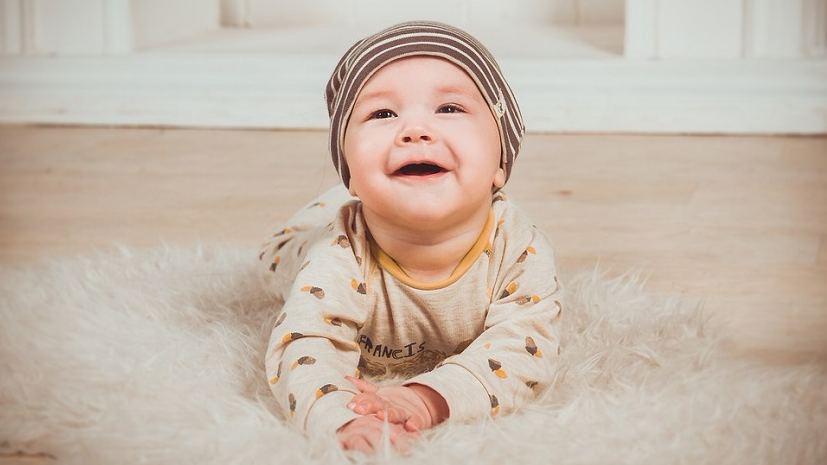
Image for representation purpose only
London: Scientists have developed new wearable graphene-based sensor device which can detect heart and breathing abnormalities in babies as well improve life-threatening conditions such as sleep apnoea in adults.
The sensor, developed by physicists at the University of Sussex, is shaped like a flexible rubber tube filled with a solution of water, oil and particles graphene and is the most sensitive liquid-based devices to have ever been developed.
The sensors -- two-dimensional material made from carbon atoms that is strong, flexible and conductive.
"We have created a sensor that has the potential to drastically improve early detection of life-threatening symptoms such as sleep apnoea or cardiac arrhythmia, where constant monitoring with conventional equipment is challenging outside of the hospital environment," said Alan Dalton, Professor at the University of Sussex.
When a channel or tube holding the liquid is stretched, even by a small amount, the conductivity of the liquid changes.
This means that the respiration rates and pulses of people wearing the device can be tracked easily.
The device can help parents keep track of their new babies' heart and breathing rates with automatic updates to their smart phones, using 'fitness tracker'-style technology built into baby sleep suits.
It could also be transformative for anyone with life-threatening conditions such as sleep apnoea.
"Using the conducting liquid emulsions we have developed, we will produce cheap, wearable sensors based on graphene. The devices will be comfortable, non-invasive and can provide intuitive diagnostics of breathing and heart rate," Dalton added, in the paper published in the journal Nanoscale.
"Graphene is very affordable as it can be produced using naturally-occurring graphite, so this could be rolled out on a big scale. This is good news for health services because the new technology will not be expensive to make and buy. It also means it should be affordable to individuals," Dalton noted.